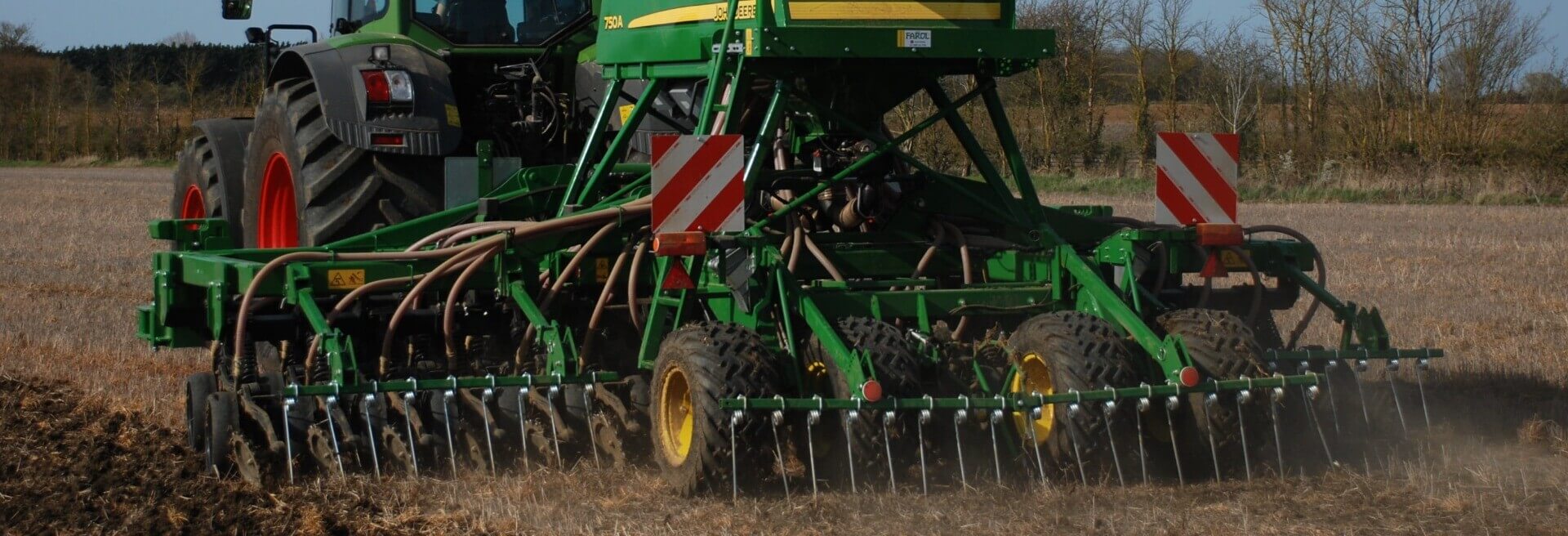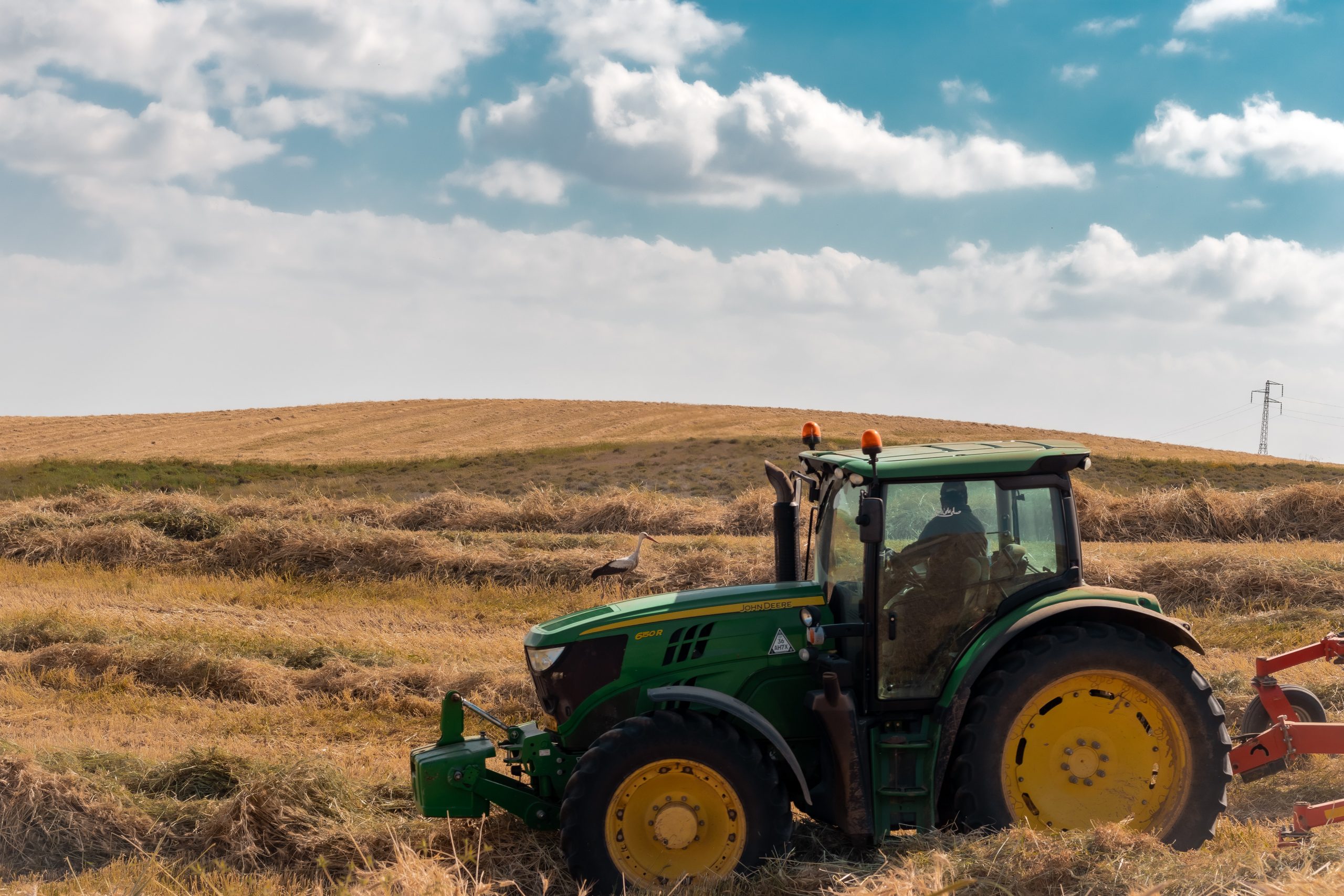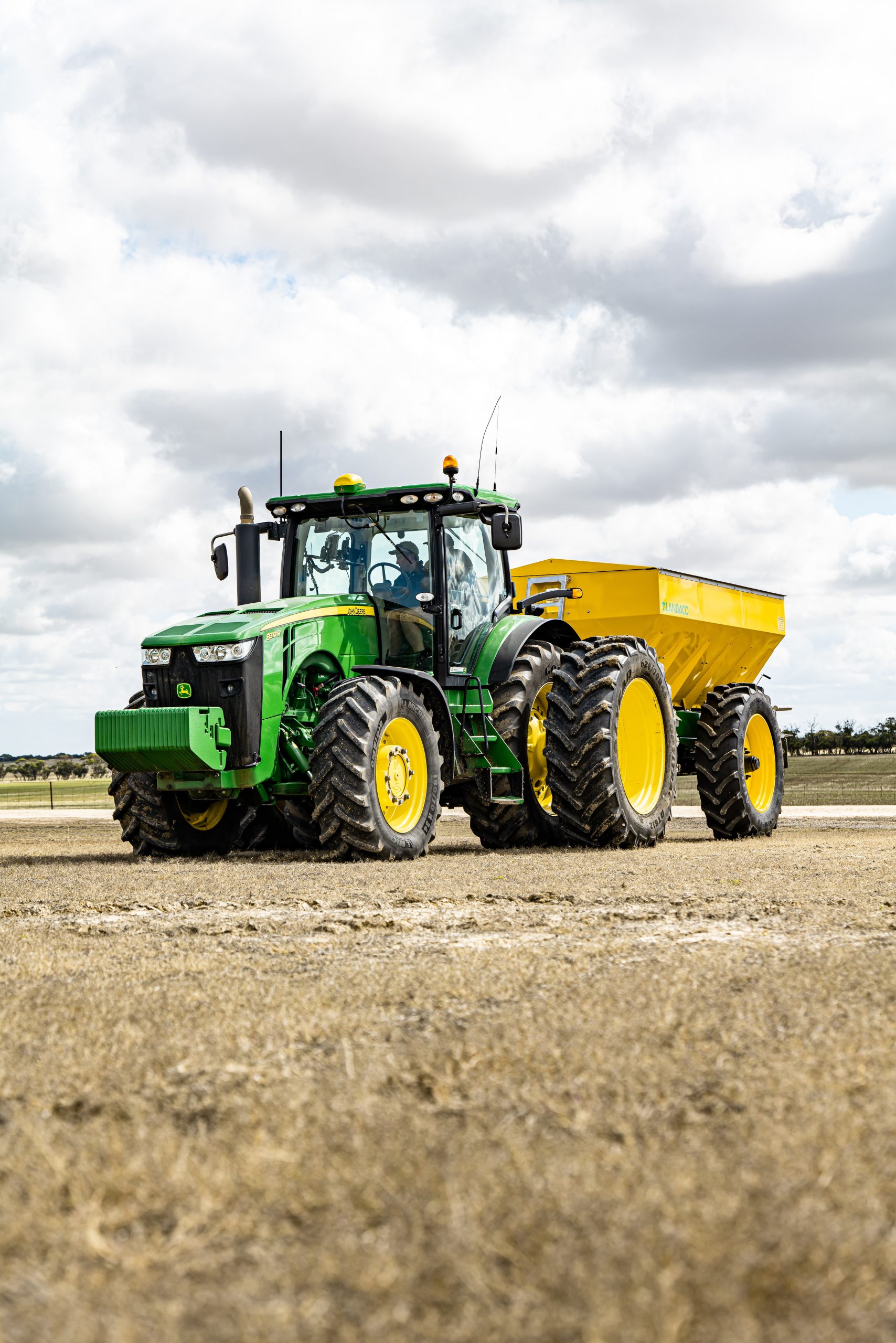Upsides and downsides of Direct Drilling
Otherwise called regular cultivating or no-till cultivating, direct penetrating doesn’t include any immediate soil development. In this kind of cultivating practice, the seeds are set straightforwardly into the land at a specific profundity.
The historical backdrop of direct plowing returns to Edward Faulkner, an American agronomist who trusted that nobody had given any logical justification for furrowing. From that point forward, direct penetrating has seen impressive development.
Professionals of Direct Drilling
Protection of dampness
No-till cultivating can be exceptionally critical in locales with dry environments where protection of dampness is fundamental. The explanation being soil culturing builds disintegration and vanishing.
Decrease in soil disintegration
When plowing relaxes the dirt subsequent to breaking it, it makes the dirt more defenseless against disintegration. Plowing makes the dirt inclined to disintegration as plant extras, roots, dead leaves, stubble, and other yield deposits from the past season offer assurance against wind disintegration and downpour disintegration.
Better Soil Biology
Culturing can harm the dirt as it kills worms and other life structures in the dirt that make the dirt ripe and sound. Consequently, it keeps the biological system from becoming independent.
Decreased soil compaction
A no-till framework brings about decreased compaction of the dirt. That is a result of huge extemporizations in soil science. A night crawler is a compelling device to forestall soil compaction. A decent soil biological system fortifies the construction of the dirt. Plowing of the dirt is awful for its construction and makes it presented to get compacted with machines. Roots and harvest deposits, including stubble, assist with keeping the dirt solid without permitting it to become minimized.
Saving of fuel
Furrowing turns out to be among the exceptionally fuel-burning-through cultivating task. Thus, by changing to coordinate drill cultivating, ranchers can make immense reserve funds of fuel.
Lesser Herbicide Runoff
At the point when soils get ensured, the equivalent occurs with your herbicides and pesticides as well. Presently that is an advantage of direct boring.
Saving of Labor
By embracing no-plowing, ranchers can make gigantic reserve funds of work costs.
Caught Carbon
At the point when soil is separated by plowing, it brings about caught carbon getting delivered into the air. This prompts climatic changes. Along these lines, assuming that we resort to no-culturing, we can decrease or restrict nursery emanations. Also, crop wellbeing gets impacted when natural carbon, which is useful for soil fruitfulness, gets delivered into the air.
John deere 750A
John deere direct drill
claydon direct
John deere 750A
John deere direct drill
claydon direct
John deere 750A
John deere direct drill
claydon direct
Cons of Direct Drilling
No-till has its own arrangement of drawbacks, as well.
Long haul Crop Rotation Required
Direct boring requires long haul crop pivot plans for improving soil fruitfulness.
In it as long as possible.
It is a sluggish interaction and can bring about a drop of around 5% in the accompanying harvest yield. Additionally, it might require quite a while for the dirt and harvest respect return to business as usual if there should be an occurrence of no-till.
Lopsided Nutrient Distribution
Culturing helps in the even dispersion of supplements in the dirt as non-portable supplements can’t move in a similar way without a trace of culturing.
Expanded reliance on Herbicides
To avoid weeds, ranchers need to utilize herbicides in the event of direct penetrating. Culturing, then again, helps in fending weeds off.
Creepy crawlies and Slugs
Not just weeds, even a large group of destructive creepy crawlies and parasites are additionally kept away by depending on culturing. In this way, if there should arise an occurrence of no-tillage(direct boring), ranchers have no choice except for to rely upon expanded splashing for creepy crawly control at ranches.
Forthright expenses
The no-till interaction can require huge forthright expenses for purchasing new apparatus. Ranchers needing to switch over may think that it is trying to do as such because of immense costs.









